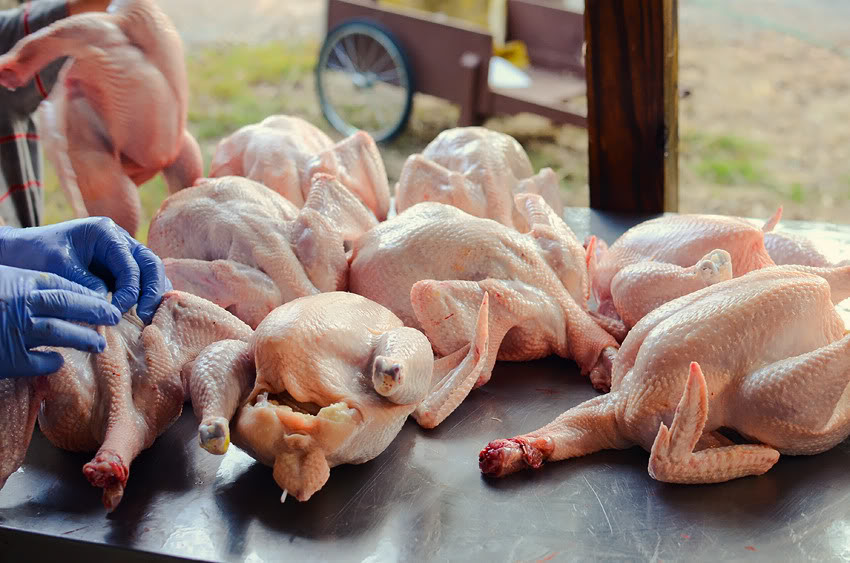CHICKEN: The United States Department of Agriculture (USDA) looks to open up trade with China by exporting raw chicken to China to be processed and then returned to the United States, which may endanger the health of consumers.
By Chance Ornelas-Skarin, Staff Writer
One day you go to a restaurant with your friends and order some hot wings or fried chicken. It tastes good and smells delightful so you continue eating it without hesitation. The juicy, tender meat tickles your taste buds as you devour the rest until you notice something. On the bottom of your chicken you see the same thing that one can find on the cheap toys that discolor your skin if you play with them too much: a label that says “made in China.”
Shipping dead chickens to China to be processed will likely be approved, and four poultry factories in China have already been opened. The processed chickens will not be checked by the USDA. Their quality will be regulated by China, which already has many issues with its own food.
These Chinese factories will “purchase frozen chicken in the United States, pay to ship it 7,000 miles, unload it, transport it to a processing plant, unpack it, cut it up, process/cook it, freeze it, repack it, transport it back to a port, then ship it another 7,000 miles” according to Tom Super, a spokesman on the subject. Why would our government allow this? Two reasons: it is more cost-effective to ship chicken to China for processing and it might open up the Chinese market to the American Beef Industry. We do it with seafood, so why not chicken too? Even though it is economically helpful, the health effects could be catastrophic. The USDA might as well throw all its regulations out the window once it cannot enforce them on this food. Not only is China behind in safety standards, but it also has a bad history of tainted foods and contaminated milk—health hazards that have taken a toll on China’s population.
The USDA doesn’t plan to keep an eye on the new Chinese chicken plants, so basically, we have to trust China. This is a country that lacks effective health regulations on its food, evidenced by the 300,000 babies who were poisoned by contaminated milk powder in 2008, according to The Guardian. The effects of contaminated chicken could be similar. Food Safety News even mentions that China’s baby formula contains high amounts of mercury and that 1 million dollars of rat and other small mammal meat was sold as lamb. This chicken is dangerous to the public that could consume it whether it be toddlers or grown adults. The Huffington Post reports that the USDA admitted the new chicken may become a part of school lunch entrées. However, the children and their parents won’t know what kind of meat the schools serve because unlike the hypothetical situation in the beginning of this article, there will be no stamp or signification of any sort that marks whether the chicken was processed in the United States or in China.
Chicken shouldn’t be shipped because of the dangers that come with doing so, even if the process is more efficient. The anonymity could make any chicken a potential threat to the health of hard-working American adults and children. The potentially deadly health issues that could emerge should stop the USDA from committing to the proposed trade agreement.

